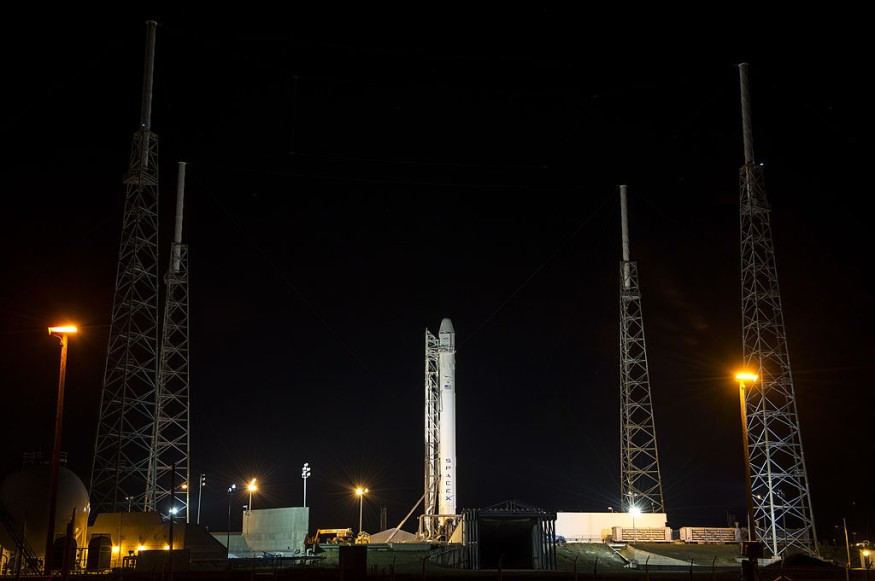A rocket that will fall on the Moon's far side in March has been officially linked to a Chinese launch in 2014 and not to SpaceX Falcon 9 launch in 2015. According to experts, the rocket might contaminate the lunar surface due to this collision.
The Verge said a Long March 3C Chinese rocket that launched China's Chang'e 5-T1 mission around eight years ago would crash on the Moon. That trip was a test mission that sent a capsule orbiting around the lunar surface and staggering back to Earth to test the technology China would employ to bring lunar soil samples back to Earth.

SpaceX's Falcon 9 Won't Crash to the Moon, Chinese Spacecraft to be Blamed
According to a blog post by Bill Gray on Project Pluto, SpaceX's Falcon 9, which experts previously assumed to be space debris hurtling onto the Moon, is not on a collision path with it. In actuality, it's an ancient Chinese spacecraft that was also a component of a rocket that China abandoned in orbit without being cleaned up or recovered.
Gray said astronomers frequently make mistakes because they have limited tools for precisely recognizing objects, and some photos give them ambiguous representations. This example wrongly blamed SpaceX for an erroneously spotted asteroid that would collide with the Lunar surface once experts discovered it was not orbiting the Earth.
Initially, Project Pluto and Gray reported that the DSCOVR satellite was delivered by SpaceX's Falcon 9 during a 2015 mission. Other astronomers assumed Elon Musk's firm arose from the photographs and observations. Now, they cleared the company from the issue and changed the story.
Gray first stated that there was "much evidence" but "nothing definitive" to back up SpaceX's Falcon 9 claim.
Still, Daily Mail said experts anticipate that the Chinese spacecraft component would reach the lunar surface in March at a speed of 5,700 mph. It will create a crater with a diameter of 19 meters.
ALSO READ : Elon Musk Won't Probably Be Liable If SpaceX Falcon 9 Rocket Crashing Into Moon Would Leave Crater
Chinese Spacecraft to Bring Germs to Moon?
Some specialists are afraid that the alleged Chinese spacecraft would bring live microbes to the Moon. Experts might link these chemicals to evidence of past life on the Moon in the future.
Most countries have agreed to planetary protection guidelines, which aim to reduce the possibility of biological contamination from Earth to another body (and from another body back to Earth). The guidelines are in place for ethical and scientific reasons.
According to Space.com, the ethical issue is that bringing creatures from Earth that may flourish on another body would jeopardize any ecosystem that may exist there.
The scientific argument is that experts want to study and understand the natural conditions on each other's bodies. Hence, they shouldn't risk contaminating or damaging the samples.
Beresheet, a privately funded Israeli lunar lander, crashed on the Moon in 2019, taking DNA samples and hundreds of tardigrades with it. It was the most recent violation of COSPAR guidelines. These half-millimeter-long animals can live in space's vacuum but not thrive. These, together with the germs that lived in their guts, are now strewn around the Beresheet crash site.
Most of them would likely not wind up in a niche with enough water to revive and become active, but that is not a chance we should take. The DSCOVR Falcon 9 wasn't sterile when it launched, but it didn't have any biological payload either.
It's already been seven years in space, so the chance of biocontamination is nil - but the more we send to the Moon, the more cautious we must be, and the more difficult it will be to enforce any standards.
RELATED ARTICLE : Rocket's Crashing on Moon Surface Expected to Move at 9,000 KPH Creating New Craters
Check out more news and information on Space in Science Times.










